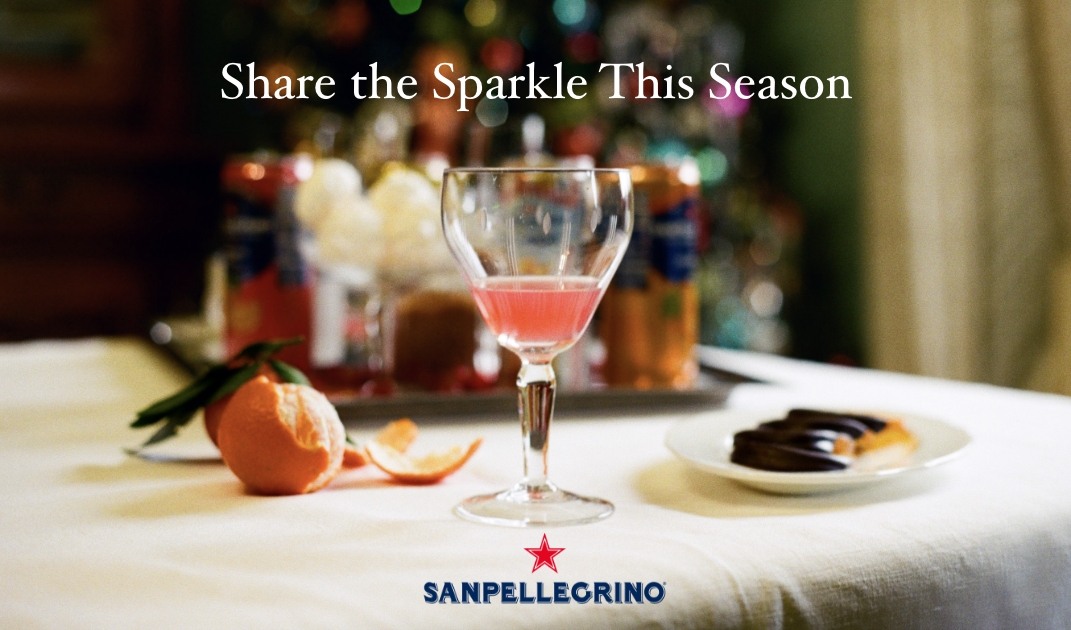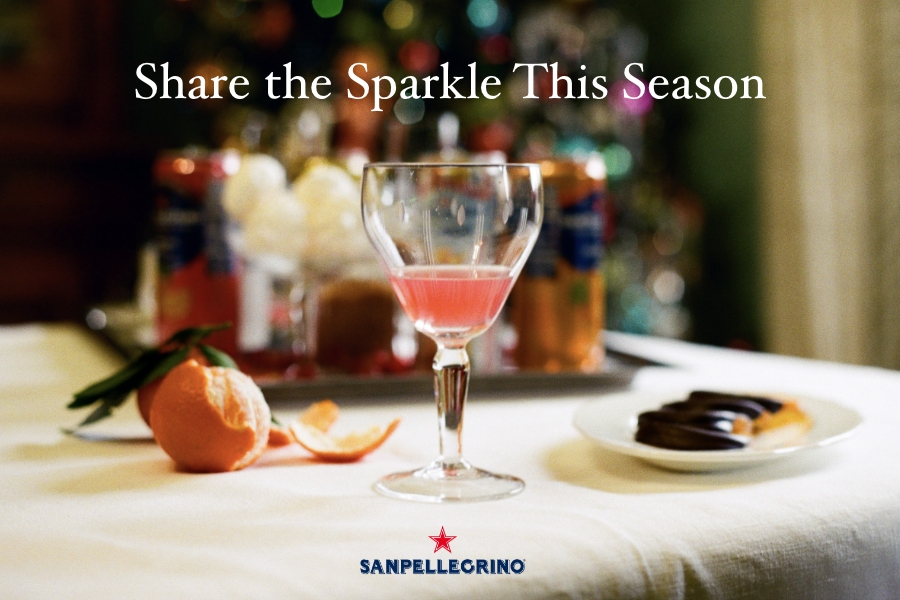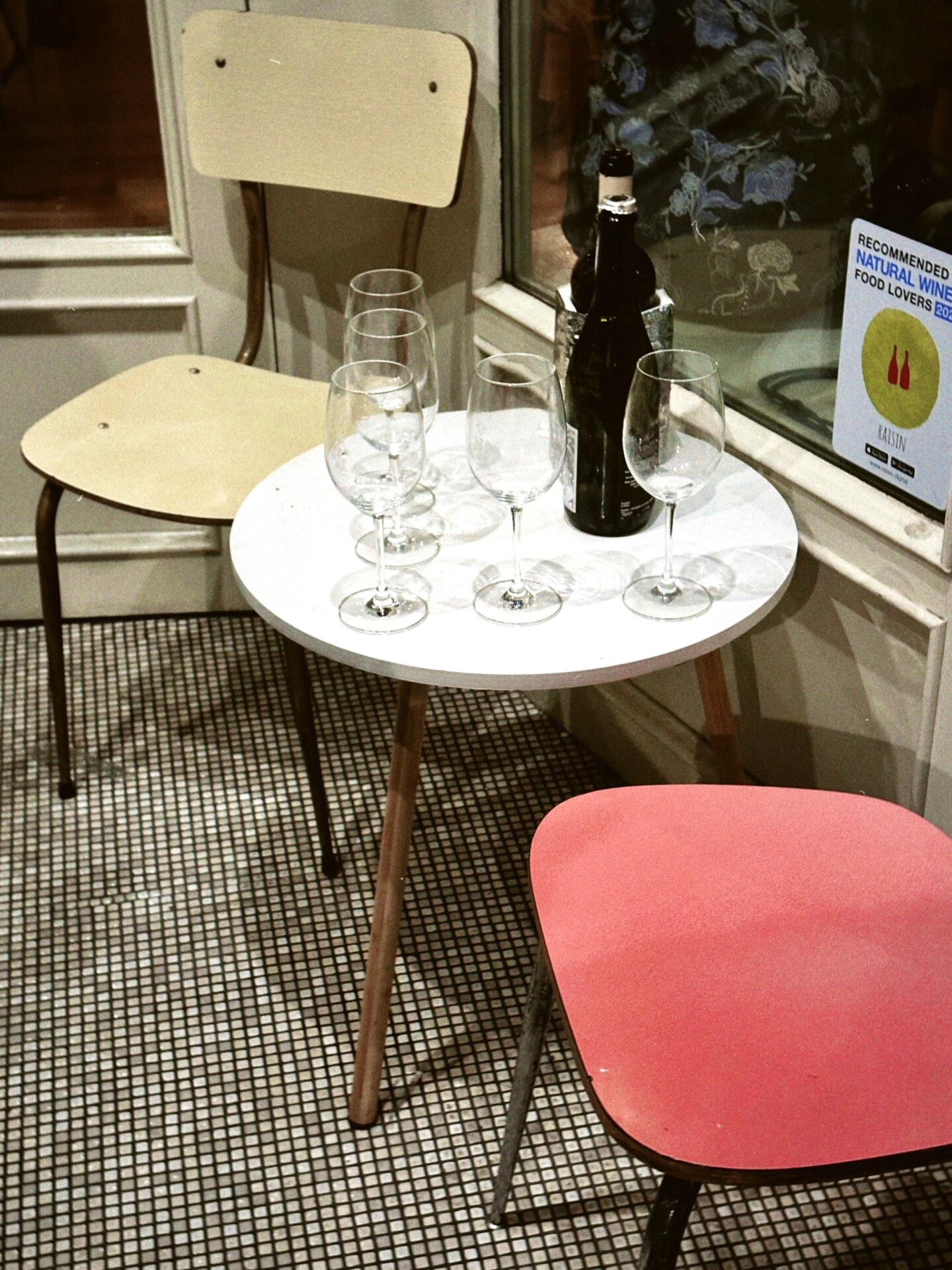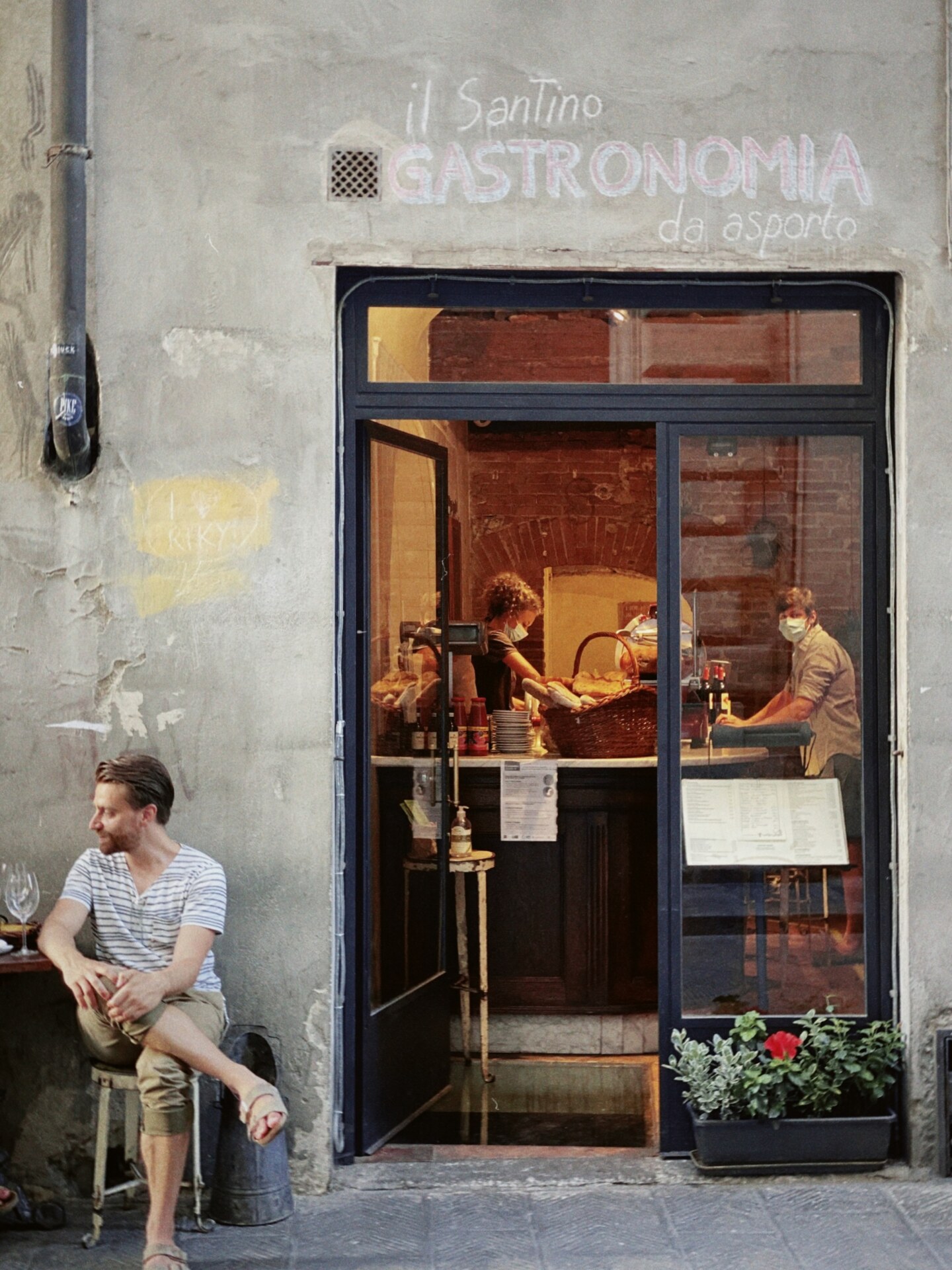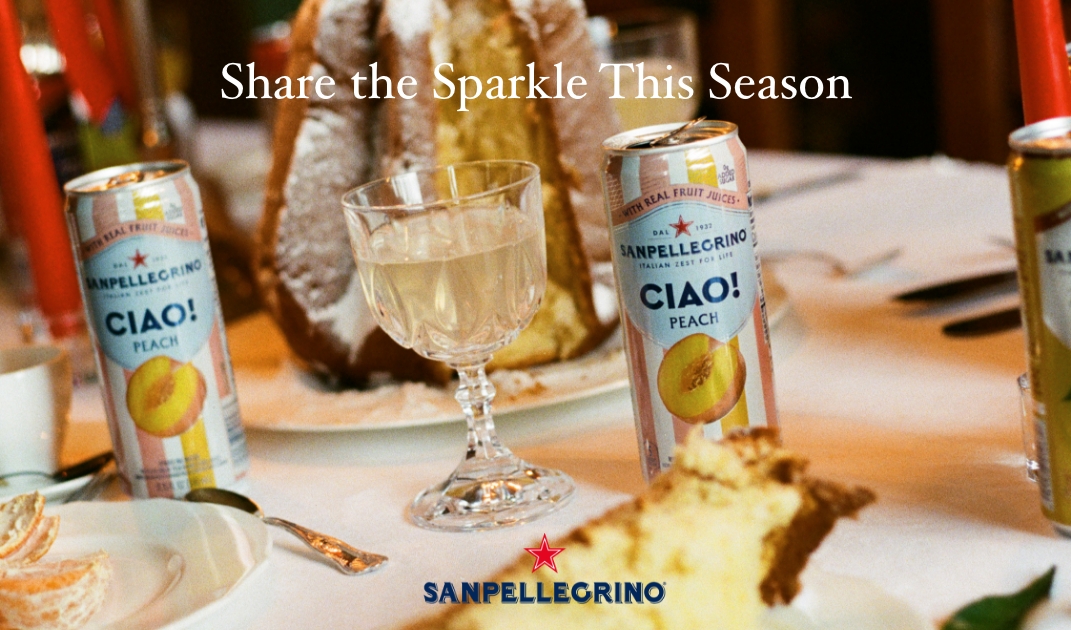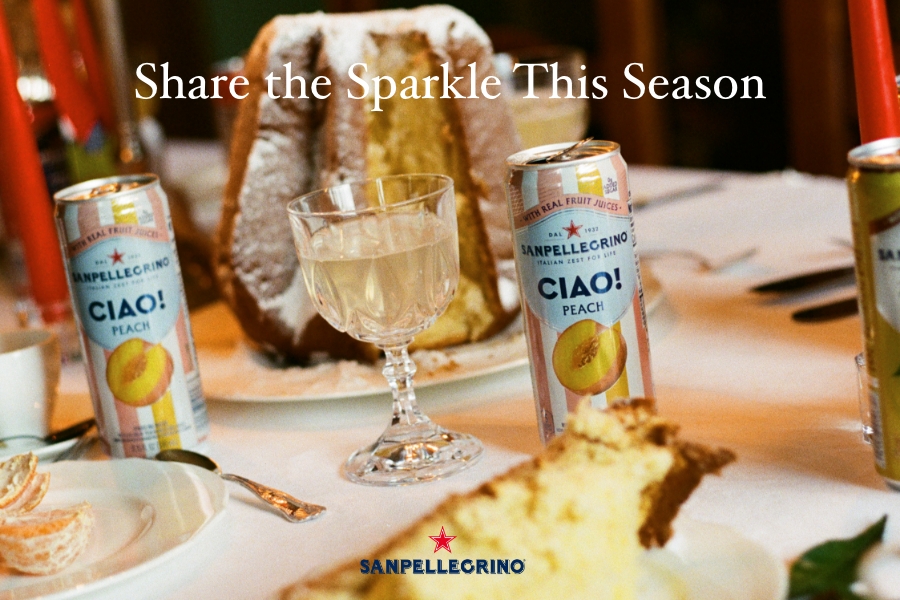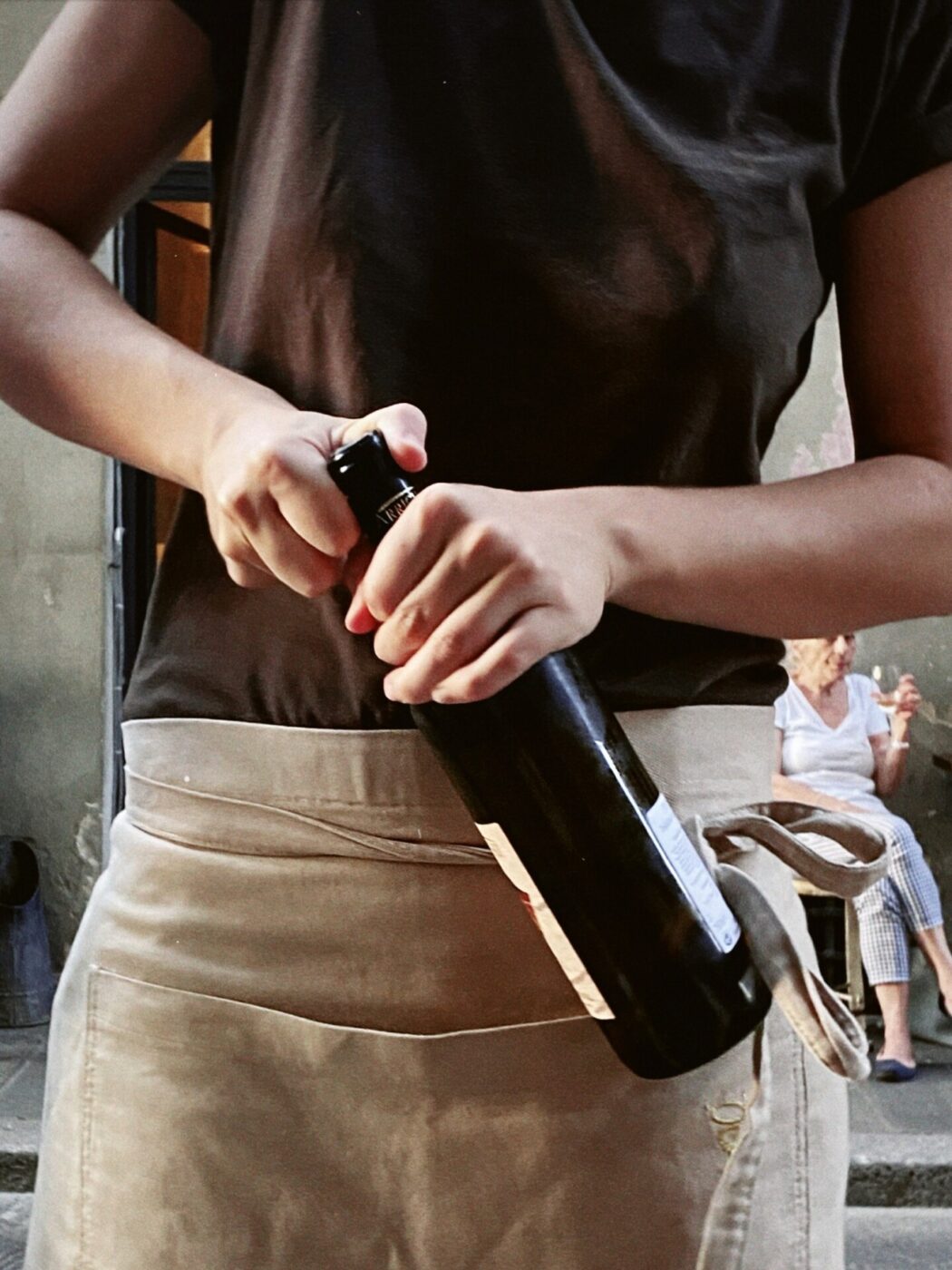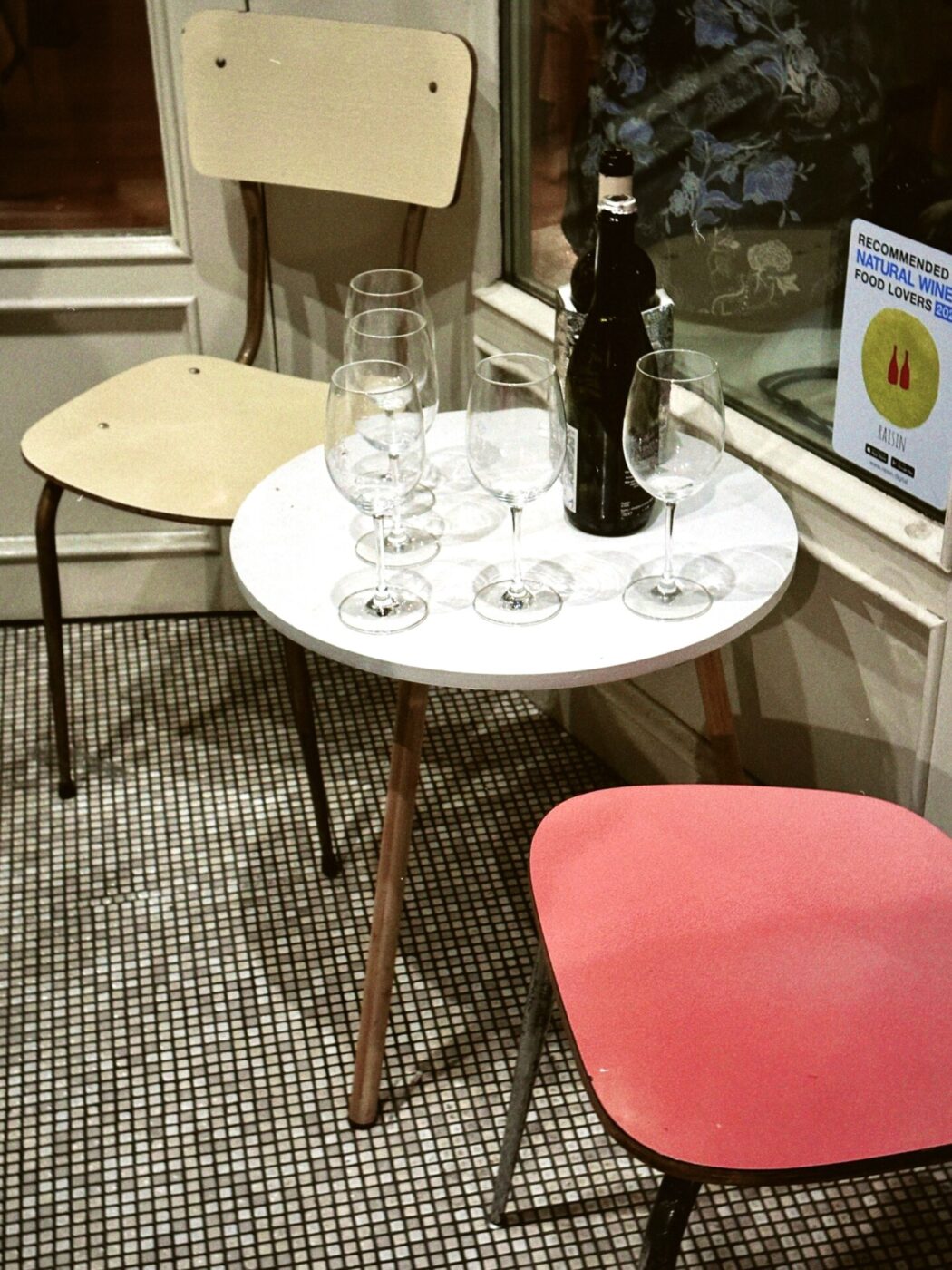Natural wine has been bouncing between cities for some time now, nesting in neighborhood wine bars next to small plates touting seasonality, but only recently has it found roots in Florence. Despite a steadfast loyalty to tradition, Florence is now flirting with a different type of wine culture helmed by the new guard. For a long time, wine bars in the city and producers on the fringes have been bound by tradition; Tuscan wine is dubbed as some of the best worldwide (with a price tag to match), and subverting tradition in favor of low intervention methods means potentially disrupting an industry that has thrived, undisturbed, for centuries.
But all that is changing, and the natural wine scene is growing. Over the past few years, natural wine bars have been popping up all over the city, turning the idea of a dusty, wood-paneled enoteca on its head. Out on the vineyards, mindsets are shifting too, and a small group of producers are chipping away at Tuscany’s rep as one of the more classic wine producing regions of the world. In Tuscany, the big corporate operations set the tone and smaller producers have been forced to follow suit, but not oenologist Giovanna Morganti of Podere Le Boncie, who is recognized as leading a new generation of Tuscan winemakers. Morganti used her experience at the established San Felice Winery to cultivate her own organic, biodynamic vineyard with a low intervention approach, choosing spontaneous fermentation over the industrial kind adopted by large, commercial wineries; a move that many young winemakers are making in Tuscany. In Colle di Val d’Elsa, Colombaia is not just a vineyard, but an entire ecosystem of grapes, animals, vegetables, fruits, and nuts living in symbiosis around a 16th-century farmhouse. Further south in Montalcino, Marino Colleoni of Podere Santa Maria lets the grapes do all the talking, preferring to “accompany” the grape, rather than make the wine. Closer to the coastline in the Maremma region, Massa Vecchia adopts a slow, thoughtful approach to winemaking, exploring the outermost reaches of what’s viable with Tuscany’s indigenous grapes, producing unique bottles for sipping and savouring.
Like any subculture, the people pushing the scene forward have formed what feels like an underground community brought together in the spirit of rebellion, gathering in the city’s watering holes. Wine should be enjoyed by all, and natural wine invites everyone to get involved by swapping a complex vocabulary of oenological terms for a language that everyone can speak; just look at the cartoonish labels for proof, which de-emphasise geographical hierarchies, provenance, and classification in favour of fun and frivolity. While overlooking his small slice of utopia, Colleoni of Podere Santa Maria told us, “The wine world is a vertical democracy, but if you look at nature, it’s horizontal,” and, in many ways, natural wine culture is about bringing everything back in balance.
Here, six of our favorite places to sit and sip natural wine in the heart of Florence.
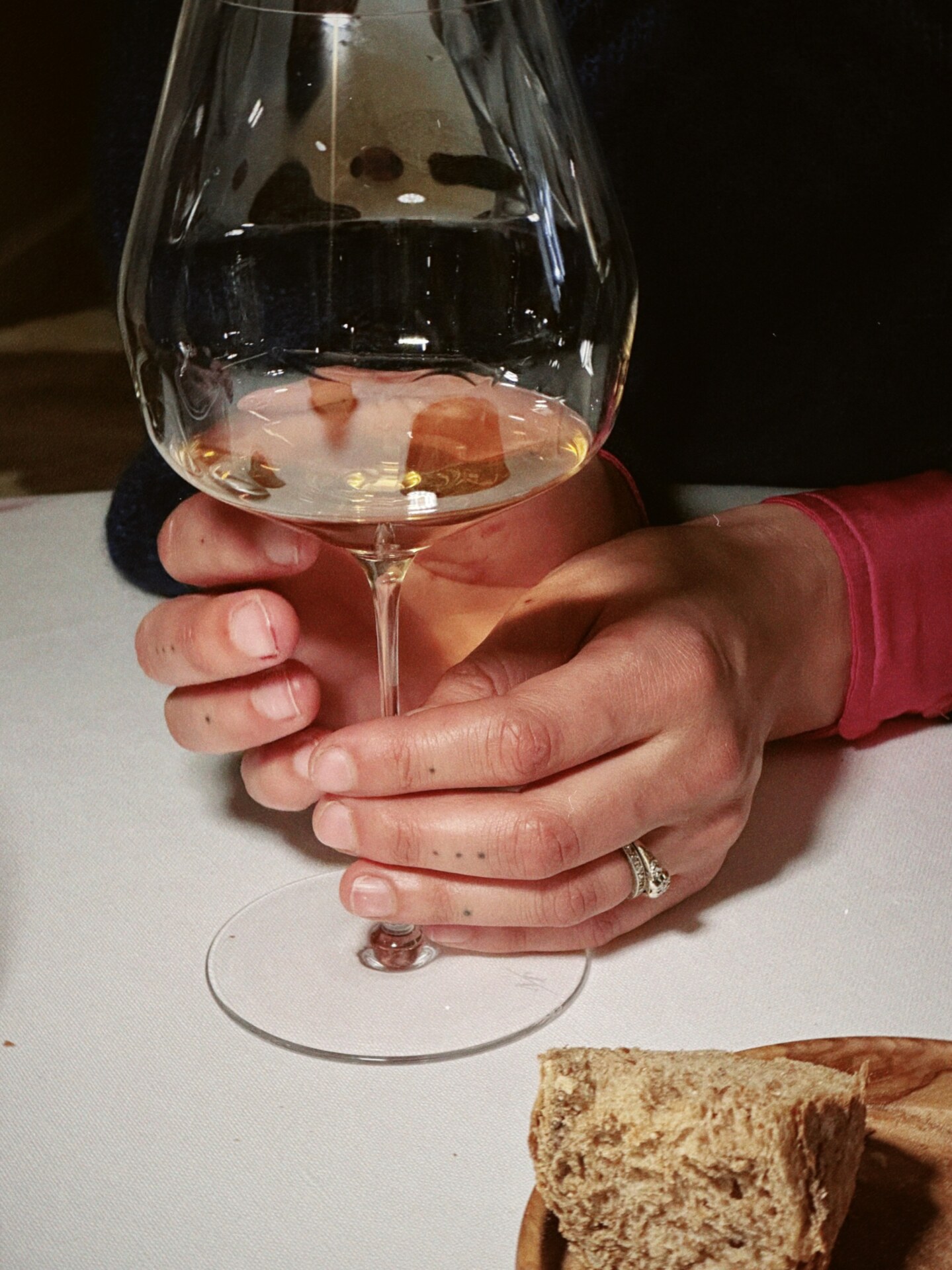
Enoteca Spontanea
This enoteca con cucina is everyone’s favorite: it’s understated, soulful, and reliably satisfying. We arrived at Spontanea on a Saturday evening without a reservation, and were forced to watch plates of handmade pasta make their way through an intimate dining room holding no more than ten tables. In between pouring glasses, co-owner and sommelier Nicola told us to come back later; so we returned after an hour to an equally-as-lively restaurant and pulled some chairs around a table. Nicola is the heart and soul of Enoteca Spontanea, counting many of the producers he pours and customers he serves as friends; while he champions local producers (among them Colombaia and Massavecchia, as well as newcomers 12|51 wines, which uses grapes from Colle Val D’Elsa), there were a few long-necked bottles of Alsace floating about too. The by-the-glass offering is constantly changing throughout the day; when one bottle finishes, Nicola pulls out another, using a blackboard and chalk to keep track. Be sure to make a reservation, and keep an eye out for occasional dinners hosted by producers.
Vino Al Vino
Vino al Vino was born from a simple idea to select only wines they truly love. Located in a surprisingly calm area of Florence’s centro, this enoteca champions small, artisanal, often natural and BIO producers from Italy, France, Spain, Austria, Germany, and beyond, with a strong focus on sustainability. The wine tastings are the way to go. Headed by the founder Carmela—a fiery Pugliese woman with an equal love for wine, NYC and Hong Kong—the staff are always happy to share recommendations, and with a daily-changing glass list, it’s the perfect spot to explore a variety of labels and vintages. For those who don’t live in the Renaissance City, they ship bottles around the world, but the best-kept secret is their selection of raw-milk French, British, and Italian cheeses, paired with olive oil from their own production and locally made sourdough bread.
Vineria Sonora
At Sonora, everything orbits around the producer. What started as a distribution company has evolved into a bit of an institution committed to amplifying the voices of small regional winemakers. The founders invest in the ideas behind the bottle, and their philosophy is simple: know the producer, know the farm, know the soil. Pouring up to 30 different bottles by the glass, Sonora first opened its doors back in 2018 and has since opened a second location just across the street, where the shelves are stacked with genre-bending bottles, books, and vinyl. The emphasis is on introducing a new way of winemaking to a traditionally conservative local crowd, and so they also host regular tastings with producers. Here, the focus is on hyper-locality: low-intervention also means low-impact, and if the wine is traveling thousands of miles to get there, it’s (mostly) a no from Sonora.
Casa del Vino
Don’t let the cursive signage, marble countertops, and walnut woodwork fool you, Casa del Vino has a solid offering of low intervention wine sitting next to Tuscan classics. Casa del Vino might feel like a relic of the past, but owners Gianni and Nicoletta are forward thinking: for them, the quality of the wine always comes first, and how it was produced comes second. Despite being surrounded by tourists from the San Lorenzo Market and the Medici Chapel just a stone’s throw away, Casa del Vino is brimming with artisans and artists; we heard snippets of conversation between two young winemakers critiquing their friends’ latest vintage over the clamor of market traders. Gianni’s grandfather bought the place back in 1920, and it’s been in the family ever since. Go for a glass of wine with frattaglie (a traditional dish made up of offal), and stay for Gianni’s insight into the evolution of Tuscany’s wine scene.
Enoteca Bellini
Camilla and her father opened Enoteca Bellini in the very centre of the city a few years back with the intention of cutting through the snobbery that might put people off wine. A charming enclave filled with the hum of conversation, Bellini is a meeting point for locals and visitors, wine being the glue that brings them together; stand at the bar and you’ll most likely get talking to the person next to you. Camilla selects only bottles she would keep in her own cellar: the wine list offers a good balance between natural and traditional, though their preference for clean, elegant wine means you won’t find anything too wild here. Bellini is the perfect pitstop for a glass of wine accompanied by crostini di burro e acciughe (anchovy toast with a lick of butter, topped with a curl of lemon zest) before resuming Renaissance-related activities.
Il Santino
Before you come across Il Santino, you’ll find a crowd of pavement drinkers sipping from glasses of amber-hued wine. The smaller, more boisterous sibling of Il Santo Bevitore just a few doors down, Il Santino is the perfect place to spend aperitivo hour with a glass of something local and a plate of salumi. The wine list is predominantly Italian with a fair amount of low intervention producers, there’s always something natural offered by the glass too.
Local producers to look out for on wine lists include Fattoria di Sammontana, Antonio Camillo, Caparsa, Montenidoli, Altura Vigneto, Macea, Fabrica San Martino, and newcomers to the scene 12|51 wines.
